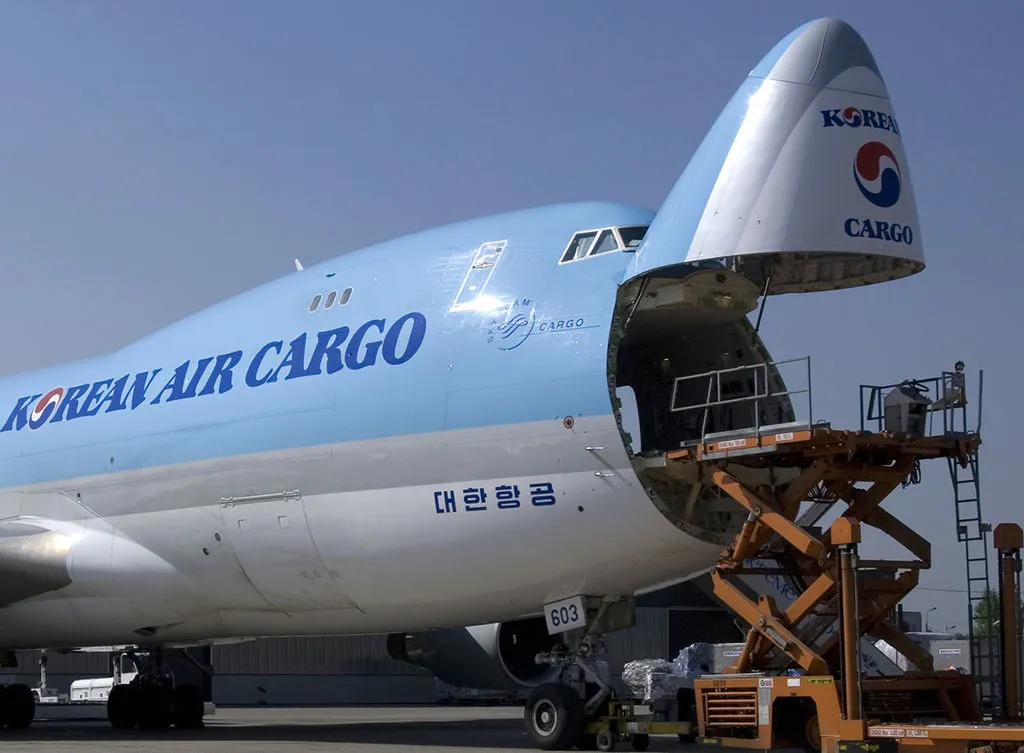
Omicron and Russia-Ukraine war impact air cargo
May 04, 2022

The emergence of the Omicron variant and the ongoing Russia-Ukraine war have significantly impacted the air cargo industry. The Omicron variant led to renewed travel restrictions and labor shortages, disrupting supply chains and causing delays in shipments. Simultaneously, the conflict in Ukraine has resulted in heightened geopolitical tensions, affecting trade routes and increasing fuel prices. Air cargo operators have faced rising operational costs and challenges in securing necessary resources, ultimately leading to increased freight rates and longer transit times. These factors combined have created a complex landscape for air cargo, necessitating adaptability and resilience from industry players.
The global air cargo industry has faced unprecedented challenges in recent years, driven by the dual impacts of the "Omicron variant" and the ongoing "Russia-Ukraine war". As countries implemented strict travel restrictions to combat COVID-19, air freight services were disrupted, leading to significant delays and increased costs. Simultaneously, the geopolitical tensions arising from the conflict in Eastern Europe have further complicated logistics and supply chains worldwide. This article delves into how these two major events have shaped the air cargo landscape, highlighting key trends and statistics.
Impact of Omicron on Air Cargo
The emergence of the "Omicron variant" in late 2021 brought about a surge in COVID-19 cases globally. Countries responded by tightening borders and imposing travel restrictions, which significantly affected air transport. According to recent statistics, air cargo volumes dropped by approximately 10% in early 2022 due to these measures.
One of the most affected regions was Asia, which is a critical hub for global air cargo. The strict lockdowns instituted in countries like China and Hong Kong led to the cancellation of numerous flights, thus exacerbating the supply chain disruptions already in place. The "World Cargo Alliance" reported that cargo capacity shrank by nearly 15% in the Asia-Pacific region during the peak of the Omicron wave.
| Region | Impact on Cargo Volume (%) |
|---|---|
| Asia-Pacific | -15% |
| Europe | -8% |
| North America | -5% |
Russia-Ukraine War and Its Consequences
The "Russia-Ukraine war" has had a profound effect on global trade, particularly in the air cargo sector. As the conflict escalated in early 2022, many airlines suspended operations in and out of Ukraine and neighboring countries. The closure of airspace over Ukraine led to a significant reduction in available routes for cargo flights, further straining the already stressed logistics networks.
Moreover, the war has caused a spike in fuel prices, which directly impacts air cargo rates. With the cost of aviation fuel soaring, carriers have been forced to increase freight rates, further complicating the logistics for businesses relying on air cargo services. According to the "International Air Transport Association (IATA)", cargo rates increased by approximately 25% during the initial months of the conflict.
| Factor | Impact on Air Cargo Rates (%) |
|---|---|
| Fuel Price Increase | +25% |
| Route Closures | +15% |
| Overall Rate Increase | +40% |
Synergistic Effects on Global Supply Chains
The combined effects of the "Omicron variant" and the "Russia-Ukraine war" have led to a perfect storm for global supply chains. Businesses that rely on air cargo are grappling with higher costs, longer delivery times, and reduced capacity. Many companies have been forced to reconsider their logistics strategies, turning to alternative modes of transport or diversifying their supply sources.
For example, the growing trend of "nearshoring"—moving production closer to the end consumer—has gained traction as businesses look to mitigate risks associated with global disruptions. This shift is particularly evident in industries such as electronics and automotive, where just-in-time delivery is crucial for efficiency.
Future Outlook for Air Cargo
Looking ahead, the air cargo sector is poised for a gradual recovery as global conditions improve. The easing of pandemic-related restrictions and a potential resolution to the "Russia-Ukraine conflict" may lead to a stabilization of air freight rates and an increase in capacity.
Additionally, advancements in technology and the growing adoption of digital solutions are expected to streamline operations and enhance efficiency in the air cargo industry. The implementation of AI and data analytics can help companies better predict demand, optimize routes, and improve overall supply chain resilience.
Conclusion
In conclusion, the impacts of the "Omicron variant" and the "Russia-Ukraine war" have significantly shaped the air cargo landscape. Businesses must remain agile and responsive to these challenges, leveraging technology and innovative strategies to navigate the complexities of modern logistics. As the world moves towards recovery, the air cargo industry will play a pivotal role in facilitating global trade and economic growth.
Related Articles

Explore Thailand: The Best Islands to Visit for Paradise, Adventure, and Relaxation

The Ultimate Guide to the Best Islands in Thailand for Your Next Getaway

Do babies need passports? How to get a passport for a newborn

How to get a U.S. passport fast: here’s how to expedite the process

What is Mobile Passport Control: 5 reasons why you should use it

SENTRI vs. Global Entry: A detailed guide

Do you need a passport to go to the Bahamas? Let’s find out

Do you need a passport to go to Mexico? A detailed guide

Do you need a passport to go to Canada? We got the answer

Do You Need a Passport for a Cruise: An Essential Travel Guide

Booster Seat Requirements: All the Rules to Follow in Your Rental Car

What Are the World’s Most Powerful Passports, and How Does Yours Rank?

How to Take a Passport Photo at Home: A Helpful Guide

You've got to have heart! Southwest's new livery

Your opinion: Should water be free on low cost carriers?

Young women bolder than guys as solo travellers
